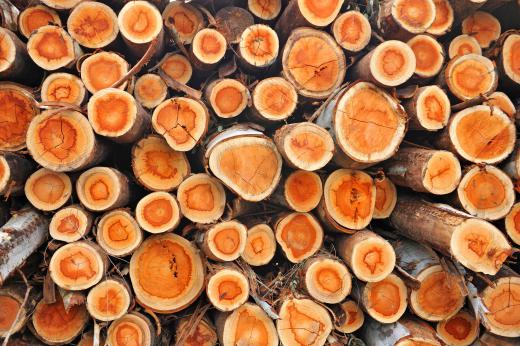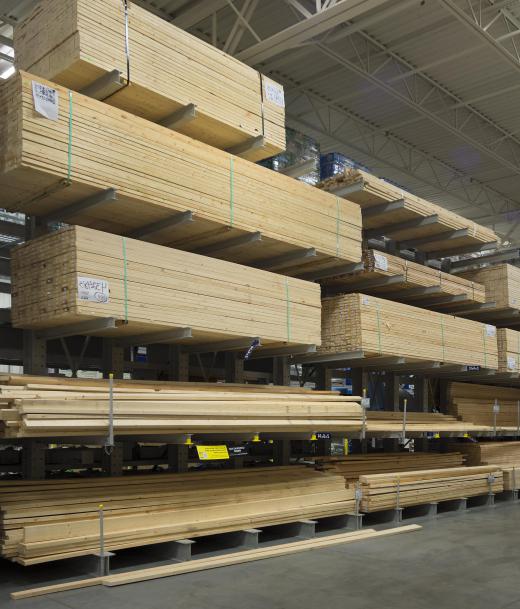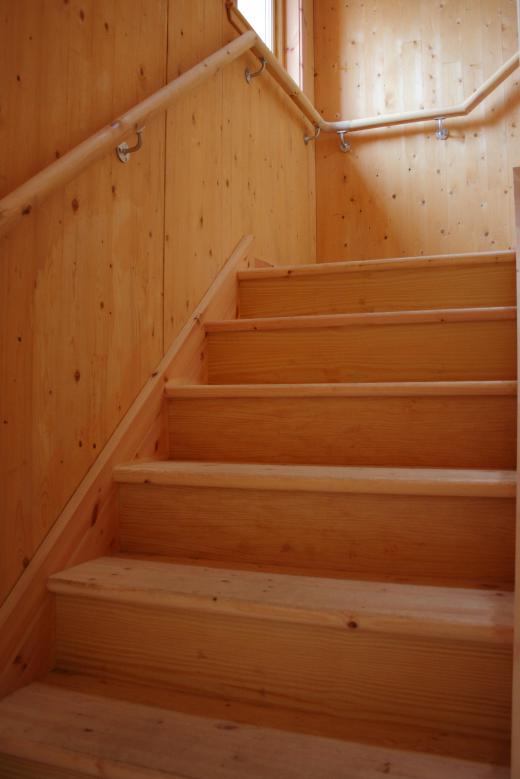Heat treated wood is wood that has been exposed to high temperatures. The purpose of heat treatment is to improve the usefulness of the material. Heat treatment usually limits the amount of shrinking or swelling of the wood after installation. It also prevents rotting by limiting the amount of sugar available for fungi to grow on.
The common species of heat treated wood include pine, aspen, and spruce. These types of heat treated wood are usually used for floors, walls, or ceiling panels. Heat treated wood is also used to manufacture furniture. The temperature at which the wood is treated is about 392°F (200°C). The process usually takes 24 hours to complete.

Wood that is used to package materials, such as pallets, require a less intense temperature for treatment. Generally, the temperature is around 133°F (56°C), and the duration is about 30 minutes. This is the recommendation of the International Standards for Phytosanitary Measures (ISPM) 15, which is the international export standard. The primary focus here is the elimination of pests that might be living within the wood packaging structure. The pinewood nematode and the Asian long-horned beetle are two insects that are commonly found living in wood pallets.

Officially, ISPM 15 requires both hardwood and softwood to be treated with heat. All types of wood packaging material should have a stamp which designates it as compliant with the heat treated wood standard. Shipments which lack the stamp will not be allowed to pass through other countries. It is recommended to heat treat all wood packaging materials to avoid delays in delivery.

The longer and more intense heating duration required for wood that is used for manufacturing products or constructing homes is needed to ensure the wood is in the best condition. One benefit of the heating is that the water within the wood evaporates. This will reduce the amount of shrinking the wood will undergo during its lifetime.
Another benefit is that the heating converts the sugar within the wood into an unusable form. This prevents the accumulation of fungi in the structure and reduces rotting. In addition, the natural protective compounds within the wood are distributed upon heating. This prevents the wood from rotting as well.
Heat treatment is an effective way to increase the life of a wood product or wood structure. It reduces problems that might arise later on, including rot and shrinkage. Approximately 130 countries have adopted the ISPM 15 standard for wood packaging materials.
